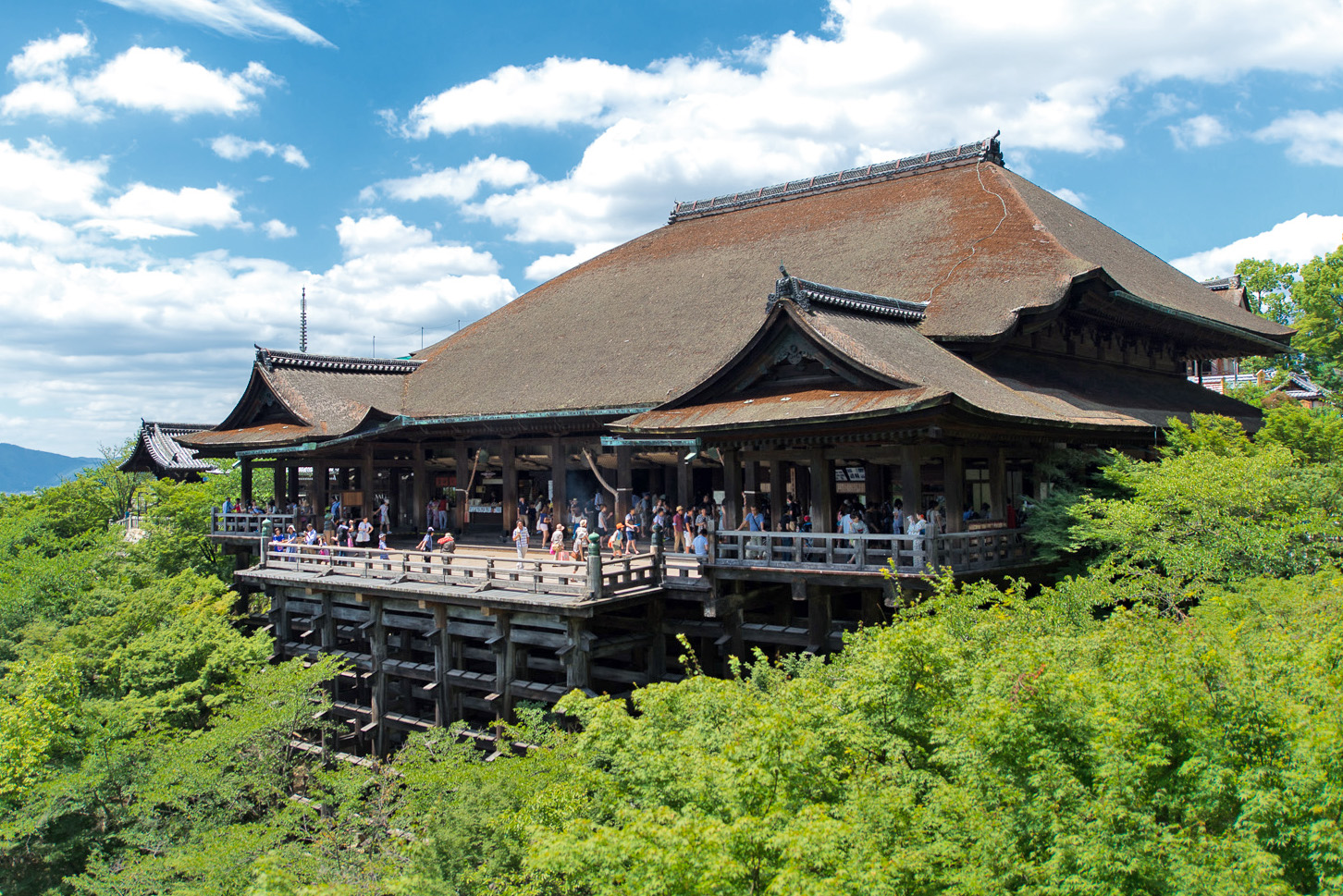 BBC News
BBC NewsBorrowing was £17.4bn last month, the second highest October figure since monthly records began in 1993.

Philip Mould OBE
There are encounters that lodge themselves not in memory, but in the rhythm of the body — slow impressions that outlast adrenaline, and linger like the afterglow of colour. Japan was that for me.
I did not travel with an itinerary so much as a set of intuitions. I have long been drawn to the strange calm of Japanese aesthetics — the honesty of form, the restraint that allows beauty to emerge in what is not said. I went in search of gardens, of temples, of paintings. But above all, I went to meet Hokusai.
We know him, of course, in fragments — the wave, the mountain, the silhouette of Mt Fuji cresting over a flattened sea. But nothing prepares you for encountering his work in the country that shaped it. At the Hokusai Museum in Tokyo, his genius presents not as spectacle but as quiet accumulation. Hundreds of drawings. Studies of hands, birds, bridges, cats. Lines as precise as they are suggestive. Nothing overplayed. Nothing laboured.
In the West, we often equate art with revelation — a sudden, charged moment of clarity or feeling. But Hokusai does something different. His work whispers. It waits. You sense the years of repetition, of devotion, of failure. He signed his name differently over the course of his life — some 16 different pseudonyms. Each name, a version of the self in flux. Each drawing, a declaration of purpose. And as he aged, his ambition increased. “From the age of six I had a mania for drawing,” he wrote in his seventies. “Until the age of seventy, nothing I drew was worthy. At seventy-three I began to grasp the structure of animals and birds, insects and fish. At ninety I shall have penetrated to their essential nature.”
This is not the voice of a romantic. It is the voice of a craftsman — someone who believes that beauty is earned by labour, by looking again and again until form reveals its truth.
This ethic pervades Japan.
I visited too many gardens, each more perfect than the last. But perfection there does not mean symmetry or flourish. It means harmony. A moss-covered rock placed just slightly off-centre. A narrow path that turns before you expect it to, forcing your pace to slow. A bamboo grove that creaks in the wind like the whisper of a memory. I found myself walking not to arrive anywhere, but to attend — to notice what I would usually overlook. It is, in essence, the same discipline one brings to a painting.
In Kyoto, I wandered into an old teahouse and sat, alone, before a cup of matcha. Nothing on the table but the bowl, the steam, and the sunlit grain of the wood. And yet: the occasion was complete. There is a principle in Japanese culture — ma — which roughly translates as “negative space,” or “the pause that gives meaning.” In art, it is the space around the object that allows it to breathe. In life, it is the quiet between actions that gives rhythm to the day. We rush to fill silences in the West. In Japan, they are protected.
It made me think, too, about the difference between collecting and living with art. As a dealer, I have spent decades studying faces in oil, tracing provenance, rescuing likenesses from obscurity. But Japan challenged that paradigm. There, the most valuable object is not always the most rare. It is the most appropriate. The tea bowl with the smallest imperfection — the one that reminds you a hand made it — is the one that is cherished.
We are taught to see value in rarity, in scale, in cost. But what if value resides instead in use? In presence? What if beauty is not what strikes you first, but what remains?
In one of the museums — I forget which — I stood before a painting of a bird on a branch. No background. No colour, save the ink. The bird’s wing was lifted slightly, as if preparing for flight, or perhaps caught mid-thought. The whole canvas was maybe 8 inches across. And I could not move.
It is a strange thing to feel stilled by an image so quiet. But that is what Japan offered me: not distraction, but recalibration. A slower pulse. A deeper breath. An invitation to look again — not for novelty, but for essence.
I returned to London with none of the usual souvenirs. No scrolls. No boxes. No porcelain. Just a notebook, a few sketches, and the trace of bamboo in my step. But I brought back something far rarer: a reawakened regard for stillness. And for that, I am unspeakably grateful.